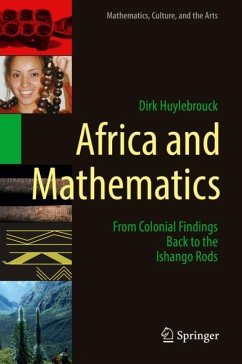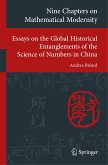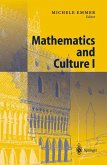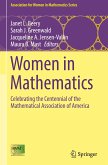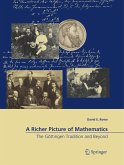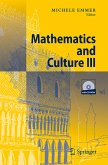This volume on ethnomathematics in Central Africa fills a gap in the current literature, focusing on a region rarely explored by other publications. It highlights the discovery of the Ishango rod, which was found to be the oldest mathematical tool in humanity's history, thereby shifting the origin of mathematics to the heart of Africa, and explores the different scientific hypotheses that emerged as a result. While it contains some high-level mathematics, the non-mathematical reader can easily skip these portions and enjoy the book's survey of African history, culture, and art.
"Africa and Mathematics is an excellent source for anyone interested in the history of mathematics, and it is a major asset in ethnomathematics. It will be useful to undergraduates, postgraduates and teachers as well as the general reader." (Firdous Ahmad Mala, The Mathematical Gazette, Vol. 106 (566), July, 2022)
"The book will be of interest for undergraduate and graduate courses, as well as for non-mathematical readers and researchers in various fields. It is a good survey of African history, culture, arts, popular games and daily life." (U. D'Ambrosio, Mathematical Reviews, April, 2020)
"This book fills a gap in studies on ethnomathematics in Central Africa. ... This book is not particularly about mathematics itself; readers will enjoy the book as asurvey of African art, culture and history. The book does contain beautiful figures, imprints and photographs in colour. Highly acclaimed!" (Robert W. van der Waall, zbMath 1417.01001, 2019)
"The book will be of interest for undergraduate and graduate courses, as well as for non-mathematical readers and researchers in various fields. It is a good survey of African history, culture, arts, popular games and daily life." (U. D'Ambrosio, Mathematical Reviews, April, 2020)
"This book fills a gap in studies on ethnomathematics in Central Africa. ... This book is not particularly about mathematics itself; readers will enjoy the book as asurvey of African art, culture and history. The book does contain beautiful figures, imprints and photographs in colour. Highly acclaimed!" (Robert W. van der Waall, zbMath 1417.01001, 2019)

